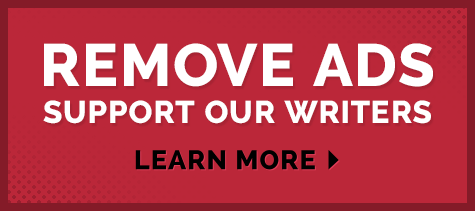An awful May ensured the A's were headed for another losing season. They made arguably the biggest sell-side trade at the deadline, sending Mason Miller to San Diego for a prospect package headlined by potential franchise shortstop Leo De Vries. The A's have quietly been one of the best teams in the American League for the final two months of the season. They're in for a second straight offseason focused primarily on pitching. It's not an easy task while they're in a Triple-A home ballpark that plays as one of the most hitter-friendly venues in the game.
Guaranteed Contracts
- Lawrence Butler, CF: $62.25MM through 2031 (including $2MM in yet to be paid signing bonuses and buyout of '32 club option)
- Brent Rooker, DH: $48MM through 2029 (deal includes '30 club/vesting option)
- Luis Severino, RHP: $47MM through 2027 (including $5MM signing bonus to be paid in January; can opt out after '26)
- Jeffrey Springs, LHP: $11.25MM through 2026 (including buyout of '27 club option)
2026 financial commitments: $45.75MM
Total future commitments: $168.5MM
Option Decisions
- None
Arbitration-Eligible Players (service time in parentheses; projected salaries courtesy of MLBTR contributor Matt Swartz)
- Austin Wynns (5.107): $1.8MM
- Shea Langeliers (3.051): $5.1MM
- JJ Bleday (3.029): $2.2MM
- Ken Waldichuk (2.150): $900K
- Luis Medina (2.146): $900K
Non-tender candidates: Wynns, Waldichuk
Free Agents
For the second straight year, the A's go into the offseason with positive momentum despite finishing with a losing record. They've been a better second half team in both 2024 and '25. That alone probably doesn't hold a ton of predictive value, but it's fair to have more optimism next spring than it was last offseason.
It appears ownership is satisfied with the direction of the rebuild. The A's extended manager Mark Kotsay last offseason on a deal that runs at least through 2028. General manager David Forst is reportedly on an expiring deal. However, Ken Rosenthal of The Athletic reported this morning that he's in talks with owner John Fisher about his future. Rosenthal suggests he could agree to at least a two-year extension that runs up to the team's expected opening of its Las Vegas ballpark.
They're on track to go into Vegas with a very good offense. Nick Kurtz has shredded major league pitching. Jacob Wilson is coming off the first of what should be multiple All-Star appearances at shortstop. Shea Langeliers and Tyler Soderstrom have taken steps forward offensively. Soderstrom also showed he's capable of playing better defense than expected in left field after being forced off first base by Kurtz's arrival. Even as Brent Rooker and Lawrence Butler took steps back after fantastic 2024 seasons, this lineup runs six deep. The 18-year-old De Vries is a dynamic talent at the top of the farm system who has a good shot to pair with Wilson as an elite middle infield tandem down the line.
The A's don't have the same kind of young corps anchoring the pitching staff. Neither the Luis Severino signing nor the Jeffrey Springs trade stabilized the rotation as hoped (though Severino has been quite good down the stretch). Both pitchers have managed back-of-the-rotation results overall without missing a ton of bats. Neither has fared well at the A's temporary home park in Sacramento.
Severino blasted the arrangement when speaking with Brendan Kuty of The Athletic in June. Asked about his stark home/road splits, the righty said his road numbers were better "because we play in a big-league stadium on the road." He added that pitching in Sacramento is "not the same atmosphere. We don’t have a lot of fans. Our clubhouse is in left field. So, when we play day games, we have to just be in the sun."
The criticism was bizarre considering the A's went beyond general expectations to sign Severino to a three-year, $67MM contract last offseason. That price presumably baked in a cost for pitching in a minor league facility on a team without a true home city. Unsurprisingly, USA Today's Bob Nightengale suggested that Severino's comments were not well-received by A's brass. The team would've welcomed a chance to trade him at the deadline. Between the contract and Severino's lack of swing-and-miss stuff both at home and away, they were unable to find a taker.

Unlock Subscriber-Exclusive Articles Like This One With a Trade Rumors Front Office Subscription
- Access weekly subscriber-only articles by Tim Dierkes, Steve Adams, and Anthony Franco.
- Join exclusive weekly live chats with Anthony.
- Remove ads and support our writers.
- Access GM-caliber tools like our MLB Contract Tracker

